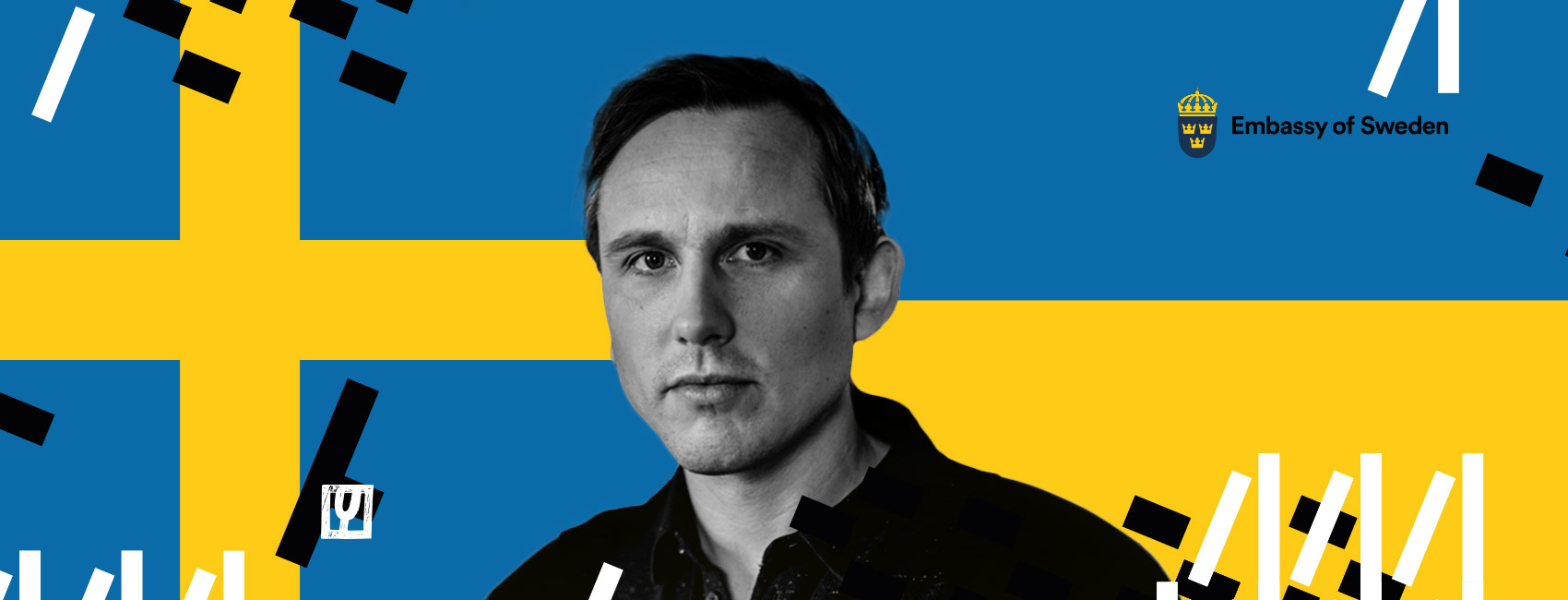* ESC - close the search window
Swedish accent
Bongi MacDermott: It’s Important to Ask – Artistic freedom for whom?
04.07.2022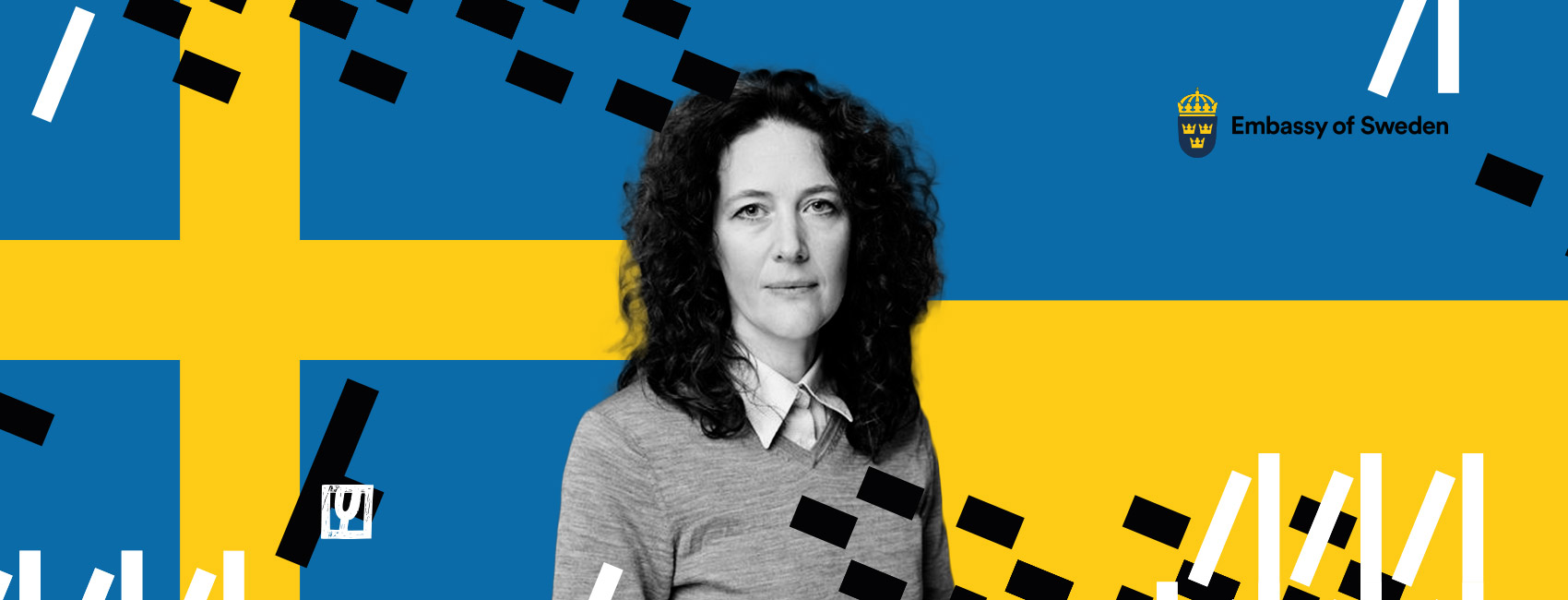
Sweden is one of the first countries to express and implement actions to support Ukraine immediately after russia’s full-scale invasion. The Swedish Art Council, well known to Ukrainian publishers because of its grant programs, also made statements in support of Ukrainian artists.
We had a chance to talk with Bongi MacDermott, director communications division at the Swedish Arts Council, about why the state cultural agency took an ambitious role in protecting artistic freedom, how the World Summit on Arts and Culture will take place, and also learned what programs are currently available for Ukraine.
Return to other articles of Swedish Accent
– What is the role of the Swedish Arts Council now and how it has changed over the last few pandemic years?
– The Swedish Arts Council is a government agency, we have a remit to promote arts and culture, following the Swedish National Cultural Policy goals. We are giving the support through funding and other types of promotional initiatives, and also review and analyze what we’ve done.
– Do you provide any direct grant support for the Swedish artist?
– We mainly support the cultural infrastructure and don’t give grants directly to artists, because this type of support is provided by another government agency, The Swedish Arts Grants Committee.
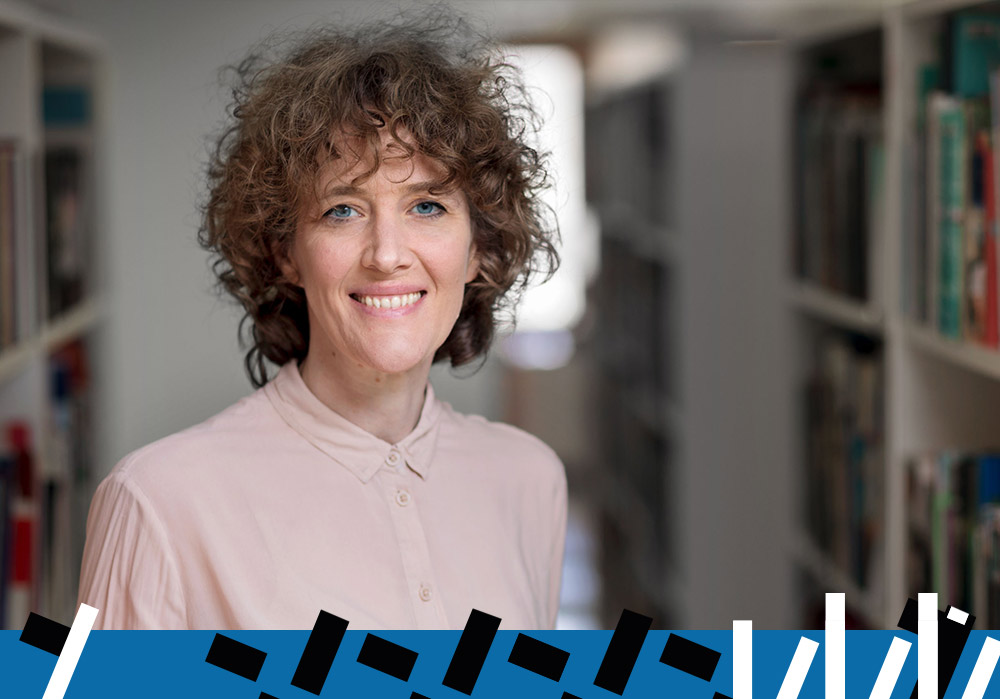
We have funding towards the regions of Sweden, which then redistribute these funds to arts and culture organizations. And then we also give funding directly to independent arts organizations.
We also provide funding to municipalities, which often go towards libraries and creative schools – so a lot of these funds are directed towards children and young people’s access to culture. And then we also have a remit to promote international cooperation and exchange as well as national minorities’ culture.
– You have mentioned cultural policy goals…
– Our culture policy goals are based on the freedom of expression, which I think is good for cultural policy in general. But then, of course, we have a very broad remit, including that everybody should have the opportunity to participate in arts and culture. The part of our national cultural policy which is the most difficult to pinpoint is — what it exactly means that creativity, diversity, and artistic quality should be integral parts of society’s development? It is something that needs to be continually discussed.
Learn more: Swedish cultural policy
Although, what I do find — is that perhaps on a regional or municipal level where the policy areas are close to each other, where they talk more closely to one another, the value of culture in the development of society might be more included in the discussions in other policy areas.
– What has changed in your work over the last years?
– Our remit is pretty much the same — one difference, this year we should secure artistic freedom in our funding. Also in 2021, we doubled the funding and that was a huge difference and the year before we also had very large funds for crisis support of the cultural sector. And because of this, we needed to have a dialogue with the sector very quickly and be agile. We also learned during the process what worked and what was missing in our crisis support.
We were able to see different sides of the cultural infrastructure that the Swedish Arts Council doesn’t usually need to support, because it’s the private sector that can finance its events through selling tickets, for example. We also funded a lot of in-between organizations such as technology companies, and it became even more apparent how important these are for the [cultural] sector.
– Why did the topic of safeguarding artistic freedom pop up? Was it discussed during covid? Other countries were more worried about the survival of the artists during that time.
– Kajsa Ravin, Director General of the Swedish Arts Council, signed the contract with Sida to start this program one week before Sweden had a lockdown. The Swedish Arts Council in cooperation with the Swedish International Development Cooperation Agency (Sida) has initiated a Programme for Artistic Freedom which has been discussed since 2015. Now the program is part of a government remit to promote synergies between cultural policy and the international development cooperation policy that we have had for several years. So it’s not connected to the pandemic.
The program has been delayed because we had to redistribute our internal resources for crisis support, which had to be distributed fast to make sure that the cultural sector could survive. It was hit… so hard and so quickly.
I’m very happy that we’ve been able to work in parallel with this. I think it was good that we prioritized it as an important issue for arts and culture around the world.
#standwithUkraine: Collaborations and Residence Programs
– Did the war in Ukraine affect Sweden’s cultural policy?
– Cultural policy is decided by the Swedish Government, and here no major changes have been made. It’s a bit soon for us as a government agency to change what we do, but we have been quite agile. We did initiate meetings with the organizations within the arts and cultural sector, to have a dialogue about what possibilities there are and what information we could spread to others. We also included organizations such as ICORN, the International Cities of Refuge Network, to discuss how artists from Ukraine can be supported.
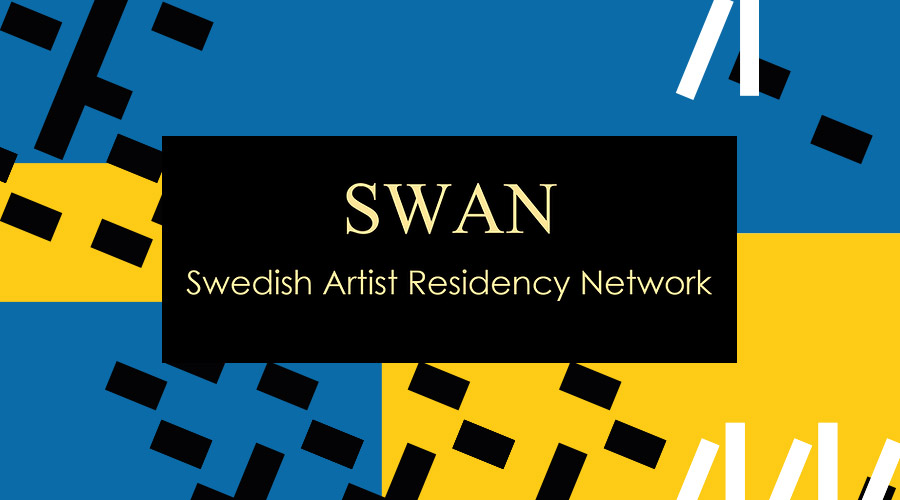
Our funding mostly goes directly to Swedish organizations, except for a few programs, like the Program for Artistic Freedom and Swedish Literature Exchange. But the Swedish Arts Council supported an emergency residence program called SWAN for the Ukrainian artists with 900,000 Swedish krona – much faster than we usually would have. Recently, the Ministry of Culture has also funded this program with an additional 500,000 Swedish krona. Within SWAN Ukrainian artists can get residencies.
One early effect of the war was that we had to make sure that no Swedish funding goes to art organizations connected to the Russian government.
– How is it possible to define who is connected and who is not?
– It’s a very relevant question and it’s not easy to define. There’s been very little planned international exchange with anybody from Russia in general because of the pandemic. But we’ve discussed (this issue) when it comes to supporting within the Swedish Literature Exchange. We also know from ICORN, the International Cities of Refuge Network, which provides a safe-haven for threatened artists that they have no threatened artists from Ukraine now because there’s a different way for people from Ukraine to come to Sweden for example. But ICORN notes an increase of threatened artists from belarus and russia — dissident artists who stand against the war.
I also know there was one case when one Swedish organization was going to have a digital performance by the Bolshoi Theater – they had to make a major change in their repertoire, and they changed it for a Ukrainian ballet instead.
Swedish Culture Internationally and Nordic-Wide
– I know that you are trying to present Swedish culture widely all over the world. What are your steps in this way now?
– This year we have additional funding and some came as crisis support, some of it is support for restarting the cultural sector. International cooperation can be funded within these programs. But we’ve also started a new grant towards international cooperation specifically. Within this, we can give grants to “middle hands” — to galleries, for example, for bringing arts to the art fairs. So we are mainly working with funding schemes.
We also have the Creative Europe desk at the Swedish Arts Council. We have been looking for co-funding Creative Europe projects for a long time, but now it is possible with the additional funding. So it’s easier to get the grant. And you can also apply for it continually so that it’s better matched to the Creative Europe Program timeline.
– Is there room for collaboration with Ukrainian organizations?
– We encourage international publishers to apply for translation and production grants.
We can’t give direct support to Ukrainian organizations, but they certainly can apply for the grant within Creative Europe. And I think there is a great will to support Ukraine from all of Europe.
Moreover, there is also the possibility to collaborate with Swedish organizations, which can also apply for support from the Swedish Arts Council.
– Thank you, I’m sure Ukrainian creative organizations will use this opportunity. Let’s talk about your collaboration with other countries. Sweden is sometimes represented under the umbrella brand of Nordic culture. How did you manage to keep Swedish Culture visible in these projects?
– There’s always a risk of losing visibility for a smaller brand under an umbrella brand. I think we just have to see that there are synergies and there’s added value in cooperating with the Nordic countries.
The Nordic countries are relatively small, and we have lots of things in common. We also have a lot of collaboration between the Nordic countries, because they’re close by. So we’re also important to each other when it comes to exporting to the other Nordic countries.
At the moment, the initiative Nordic Bridges is happening in Canada. It was partially financed by The Nordic Council of Ministers and is showcasing Nordic arts and culture in Canada. It’s the biggest launch of Nordic culture in one county that I’m aware of, and I’m not sure we would have gotten such an extensive showcasing of Swedish culture if it hadn’t been within a Nordic collaboration.
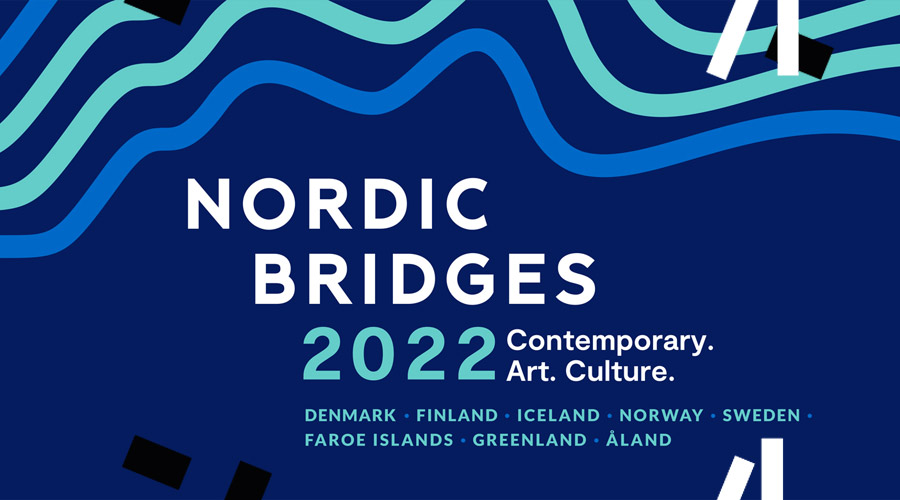
And at the same time, the artists themselves are probably not going to present themselves as “Nordic”, they’re just the artists and see themselves as Swedish, or international.
– Which Swedish names would you put in the spotlight?
– I can name Arctic Highway – indigenous artists exhibition Arctic Highways | En international urfolksscen (motesplatsgrano.se). Film Series by Roy Andersson presented during TIFF – Toronto International Film Festival. The other project is by artist Sara Ajnnak, who has received 100 000 kr from The Swedish Arts Council through MTA a grant for concerts included in the Nordic Bridges program.
And I would also mention Riksteatern collaboration with in:side out. Two deaf actors were invited. Caustic Effect is a new work-in-progress by Monique Holt (Librettist & Director) and Landon Krentz (Artistic Director & Performer) that explores how language is seen, heard, and understood by combining the movement, rhythmic structure, and meter present in both Visual Gestural Communication (VGC) and music. This project is a unique collaboration between deaf and hearing
The World Summit on Arts and Culture 2023: protecting artistic freedom
– I would like to switch a bit to the topic of the World Summit on Arts and Culture. How did you plan to do it, and why did you postpone the event?
– It’s something that we’ve been planning for quite a long time, since 2018. The reason that we postponed the Summit was very strict travel regulations and the rising COVID-19 in Sweden at that time. So we decided it’s so important to be able to plan properly and it’s better to postpone and be able to bring everybody together than to have a digital event.
– How did it happen that the event will take place in Stockholm?
– Several countries can apply to The International Federation of Arts Councils and Culture Agencies (IFACCA) to host a Summit. So we applied, suggesting the topic of Artistic Freedom and the IFACCA board decided to accept our application. The World Summit on Arts and Culture hasn’t been held in a Nordic country before, and artistic freedom is a very interesting and important topic.
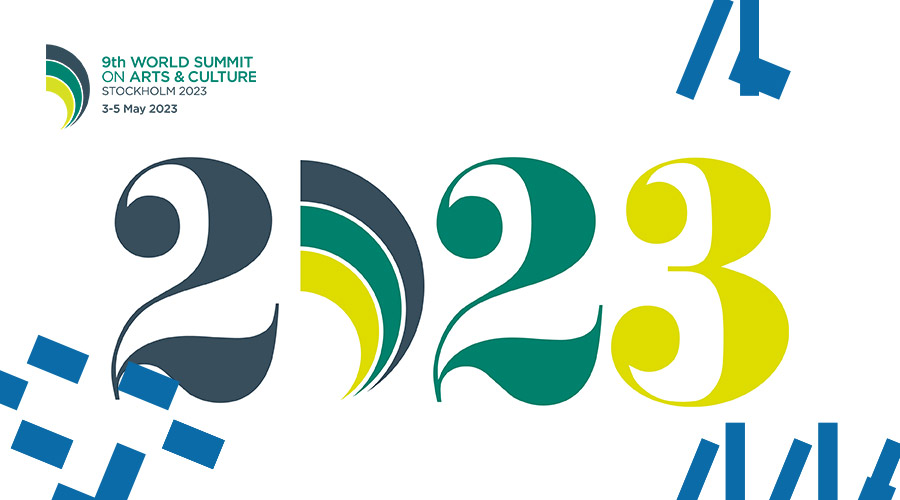
Sweden has the oldest Press Freedom Act in the world, and as a country, we have stood up for these issues for a long time. I think for us it’s a great opportunity to host this fantastic network of organizations from all over the world and to discuss something that might not always be possible to discuss openly everywhere in the world. Besides, now that we have the Program for artistic freedom which we are promoting globally, there are synergies to be made.
– Does the event aim to gather policy-makers from all over the world?
– Both policymakers and changemakers are participating and discussing, as well as artists and civil society (representatives).
– Knowing the event was postponed this year because of covid uncertainty — what format did you choose for 2023?
– We never know what will happen, so we did discuss hybrid events, but in the end, we decided the Summit should be an in-person event. There have been so many digital events, and we want global engagement. With time zones difference, it would be difficult to get the same type of participation on a high level, all together at the same time. However, we will broadcast some of the events, like the plenary sessions in the mornings.
– Recently you released the World Arts Summit Discussion Paper, is it the point where the discussion starts?
– The discussion paper is usually published before each World Summit. Even though we decided to postpone the event, we wanted to keep the momentum and release the discussion paper now, to take the opportunity and start this discussion.
– How to protect artistic freedom in a way so that artists could be protected equally and each culture?
– I think this will be discussed during the Summit. And in the Discussion Paper, these issues come up: for example, indigenous cultures, or colonized cultures. I don’t think there’s any really easy solution.
But when we work to protect or promote artistic freedom, it’s important to ask: artistic freedom for whom? — without assuming that artistic freedom already exists for everyone.
It’s not only about being able to work without being threatened or not being put in prison. It’s also about being able to have access.
– The Discussion Paper mentioned that artists are dependent on the distribution of power. How could artistic organizations and organizations like the Swedish Arts Council influence this distribution?
– We can’t influence everything. For example, the Discussion Paper brings up the question of poverty. We don’t usually work under that policy area, however, we can take a look at how the arts sector works to open up to broad audiences.
When it comes to our program for artistic freedom, there’s not a lot of funding. But on a policy level, within the program, we’re talking about artistic freedom as a right of participation in cultural life, and as a right concerning poverty. In order not to be poor, you also have to be allowed to take part in cultural life.
– But don’t you think that all of these topics are quite well promoted in artistic circles, and the main promotion should be done on a political level?
– The thing that is unique about the IFACCA World Summit on Arts and Culture is that it brings together policymakers and the arts sector to discuss policy issues related to culture and the arts.
What’s important is to have discussions across policy areas and to talk about the threats or limits to artistic freedom, for example, populism, rising nationalism, and extremism, leading to polarization in society. COVID is a threat, closed borders is a threat, war is the threat, poverty, lack of funding is a threat, and so on. I also hope that the Summit will bring out a shared understanding of complex issues and that we will learn from each other internationally.
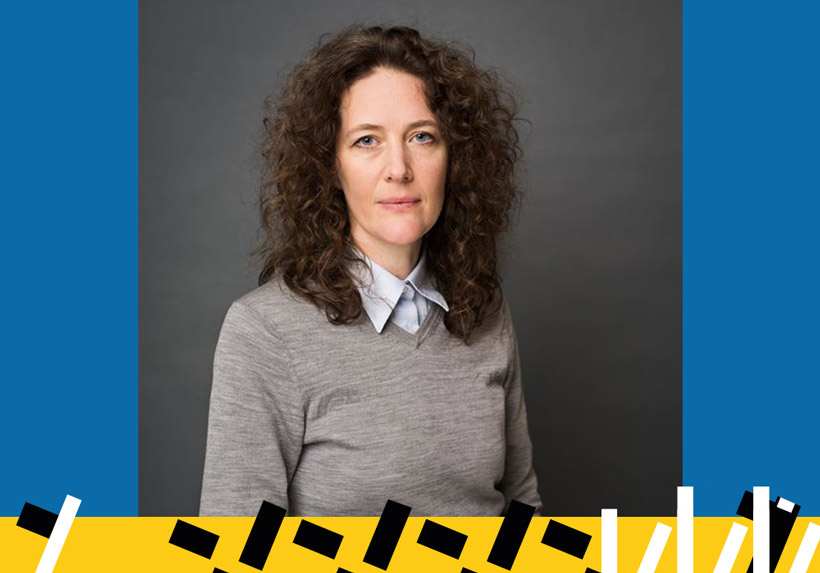
Aside from this, UNESCO also works on a political level and in this context Sweden promotes including artistic freedom in different policy documents. Sweden is also looking at the possibility of co-arranging a side event on the increasingly important subject of artistic freedom at the Mondiacult meeting in Mexico this Autumn.
– Coming back to the agenda of the Arts Summit – have you set the program for the event?
– Yes, we’ve had an international program Advisory Committee, and we’ve had an open call and most of it has now been planned together with IFACCA. There may be some openings for also making it current concerning whatever happens in the world between now and the beginning of May 2023.
– I haven’t noticed any Ukrainian participants, did anyone apply?
– The program is not official yet. Ukraine [the Ukrainian Cultural Foundation] is also part of IFACCA, so we would expect participation. Of course, for example, the questions about how war affects artistic freedom could be relevant for the Summit.
Return to other articles of Swedish Accent
Supported by the Embassy of Sweden in Kyiv
This publication is sponsored by the Chytomo’s Patreon community
the more you read, the greater the possibilities

